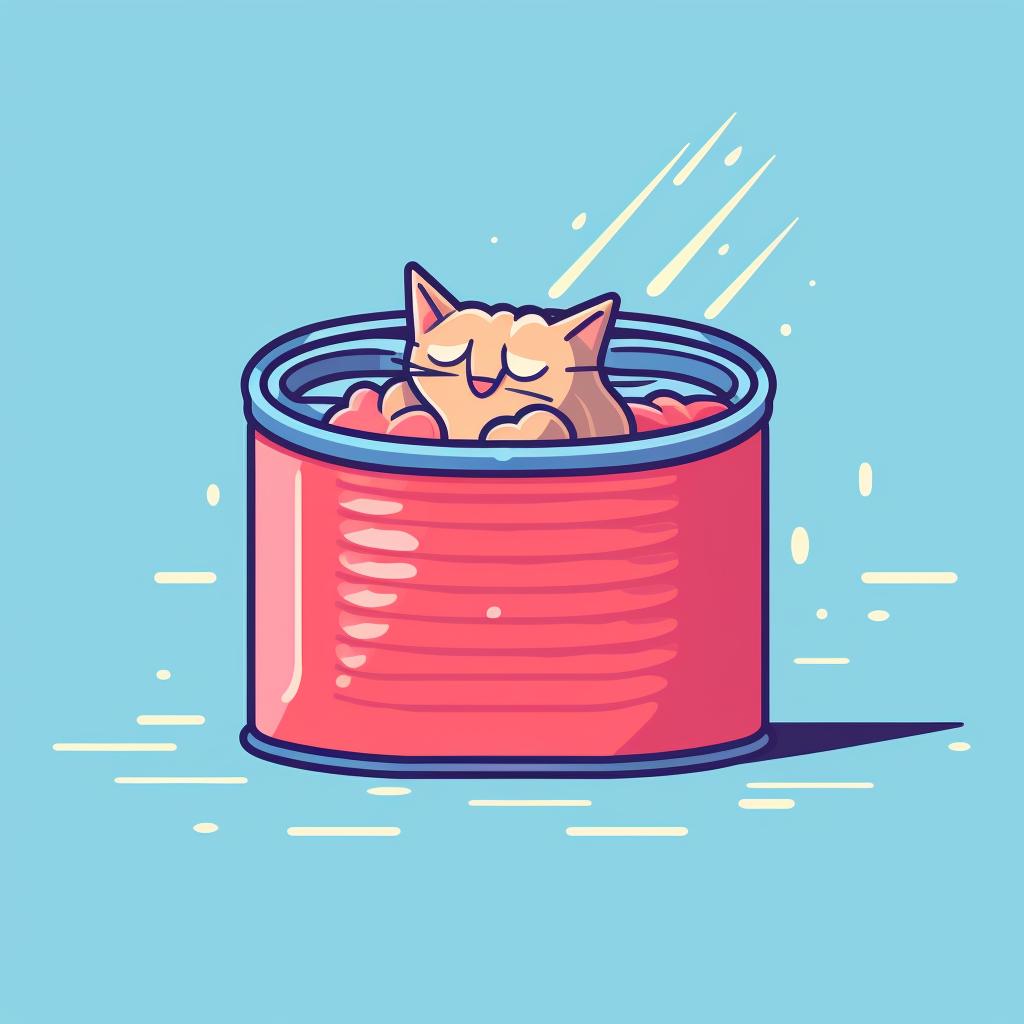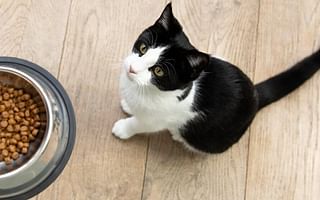🐱 Stimulating Your Cat's Appetite: A Step-by-Step Guide
Stimulating Your Cat's Appetite: A Step-By-Step Guide
Is your cat refusing to eat? It can be concerning and frustrating when your feline friend turns up their nose at their food. However, there are steps you can take to stimulate your cat's appetite and ensure they are getting the nutrition they need.
Step 1: Choose Strong-Smelling Foods
Cats have an excellent sense of smell, and strong-smelling foods can often entice them to eat. Consider offering your cat wet food, as it typically has a stronger smell than dry food. You can also try warming the food slightly to enhance the aroma. Remember, a hungry cat is more likely to be tempted by a delicious scent.
Step 2: Experiment with Different Textures
Just like humans, cats can have preferences when it comes to food textures. If your cat isn't eating, try offering food with a different texture. For example, if you usually feed your cat dry kibble, try offering wet food, or vice versa. Some cats may have dental issues that make chewing dry food uncomfortable, while others may prefer the crunchiness. By experimenting with different textures, you can find what your cat enjoys most.
Step 3: Adjust the Temperature
Cats may have temperature preferences when it comes to their food. If your cat is refusing to eat, try warming the food slightly. Be cautious not to make it too hot, as this could burn your cat's mouth. By serving the food at a temperature that is pleasing to your cat, you may increase their interest in eating.
Step 4: Consult with a Vet
If your cat continues to refuse food, it's time to consult with a vet. They can provide further advice and may prescribe appetite-stimulating medication if necessary. A veterinarian will be able to assess your cat's overall health and determine if there are any underlying issues causing the loss of appetite. It's always better to be safe and seek professional guidance when your cat's well-being is at stake.
Remember, each cat is unique, and what works for one may not work for another. Patience and persistence are key when it comes to stimulating your cat's appetite. By following these steps and working closely with your vet, you can help ensure that your feline friend stays healthy and happy.
At Cat Mutt, we understand the importance of providing the best care for your cat. From understanding their behavior to managing their health, we cover it all. Visit our website for more informative articles, tips, and guides to help you provide the best for your beloved feline companion.















